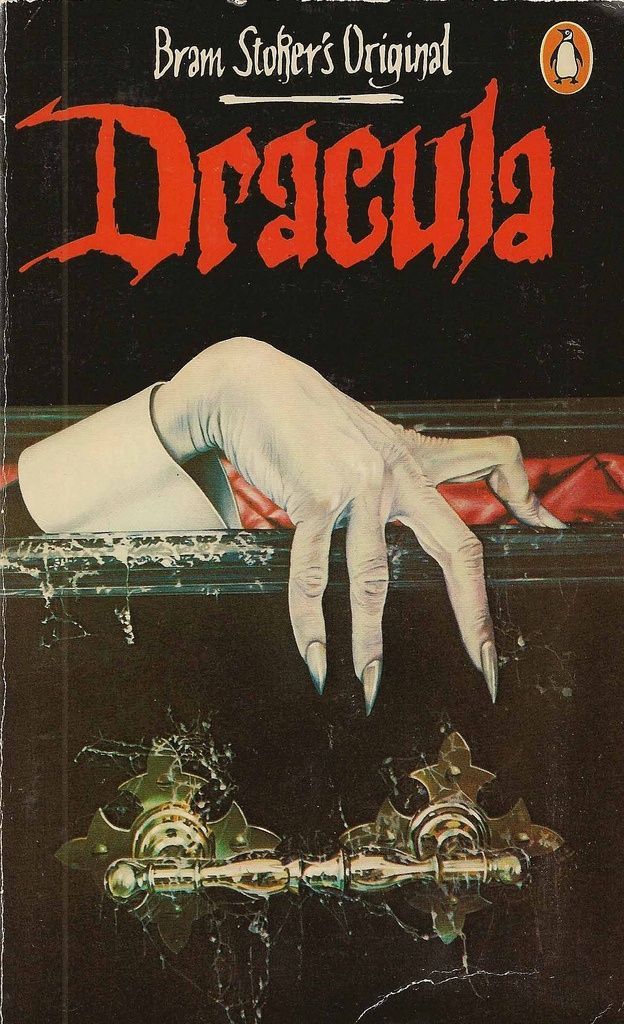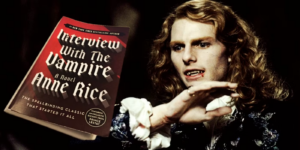
The following essay is based off of the Ologies podcast episodes “Vampirology” featuring Dr. Jeff Holdeman. Alie Ward makes wonderfully interesting podcasts and I very much loved this episode. Listen to the episodes here: https://www.alieward.com/ologies/vampirology
Essay
Nina Auerbach, a professor, famously said “every age creates the vampire that it needs.” Dr. Jeff Holdeman, the guest speaker of the vampirology podcast, helps provide insight not only on the history of vampirism, but the culture of each age that created them.
He begins with vampirism’s Slavic and European origins. The folkloric vampire was a way to explain many phenomena happening to European peasants. Vampires explained wasting diseases, like tuberculosis, which would wither away at a strong person’s health. It was also used as a scare tactic to keep people in line. In a society where extended families are so close, this scared people away from being alcoholics, gluttons, or doing anything that took more than their fair share, as they believed that anyone who did these things would come back as a vampire after death. However, the industrial revolution killed the folkloric vampire. There were now explanations for diseases, families depended less on each other, and the legal system was in place to try and keep people in line.
With the introduction of romanticism, however, the public began to regain its interest in the supernatural. The first literary vampire showed up in the short story “The Vampyre,” which was based on Lord Byron, as the author hated Lord Byron. The first female vampire in literature, and the third vampire overall, was “Carmilla,” a novella that featured a homoerotic vampire that had a real psychological horror compared to the previous two written vampires. At the time of the novella, modern psychology was developing, and as it entertained mind control, it was a new fear of the people.
Nearly 80 years after “The Vampyre,” Bram Stoker published his literary classic: “Dracula.” Stoker made over 100 pages of notes for his book, including classic folklore, elements from the first three stories of vampires. However, Stoker never mentioned Vlad the Impaler, so it is unclear to historians if the character is actually based on the Wallachian ruler or if Stoker simply took his name since it sounded cool.
“Dracula” inspired the start of the cinematic vampire, when in 1922, a German film company released “Nosferatu,” a blatant rip off of the story of “Dracula.” Since the book was still under copyright, Stoker’s wife sued and almost all of the copies were destroyed. In 1931 with Bela Lugosi’s “Dracula,” a new standard of cinematic vampire was created. This vampire had a high collar, slicked back dark hair, and no fangs. However, at the end of WWII, it was thought that humans had essentially conquered nature with nuclear bombs, so the vampire didn’t have a place in society and it went underground. In 1958, “The Horror of Dracula” came out and introduced a stronger vampire with fangs. Technicolor was also capitalized and the movie featured a lot of bright red blood.
Throughout their literary and cinematic history, vampires were portrayed as pure evil creatures of the night. Additionally, vampires were a way of demonizing the rich and nobility, especially at the time of the literary vampire and even through its cinematic history. People often starved and suffered while the rich got richer; almost every vampire in antiquity and modernity are rich. However, with the rise of the self help movement, the world saw its first remorseful vampire when Jack Palance played Dracula. People at this time wanted to see that they could be redeemed, that they could fix what they were ashamed of about themselves. If a vampire could possibly be redeemed, of course they could.
With each iteration of the vampire, people humanized them more and, although vampires have always been entangled with sex, they started to be made more sexually appealing. This sees the rise of vampires who can’t bear to drink human blood and would rather drink the blood of animals or even synthetic blood. Of course, this is really famous in the vampires of “Twilight.” You get the ever broody eternal teenager who is tormented by their nature and avoids humans until they meet their true love. Teenagers wanted characters who
were sexy, dangerous, had boy band hair, and who secretly had a soft side. Vampires, and the occasional werewolf, filled this role.
Personally I’ve consumed a lot of vampire media from Bram Stoker’s “Dracula” to “Interview with the Vampire” to “The Vampire Diaries”. I’ve made it a hobby to watch film and television shows involving the creatures of the night. My interest in vampires is connected to my love for cinema and television, but as a child, the supernatural simply piqued my interest. I also enjoy history, especially the weird parts of it.
Although knowing the ins and outs of vampire history is not going to directly benefit me, I think that history, no matter how ridiculous it can be, is extremely important and introspective. In this podcast, Dr. Holdmen made it clear just how true that is. Vampires, and for that matter any subject of horror, shows true insight into the human psyche and reflects the culture and happenings of that time. Each age of vampires, and even specific vampires, were interconnected with the time. The folkloric vampire is deeply reflective of Europeans before the industrial revolution. The first cinematic vampire reflected an anti-Semitic post WWI Germany. Vampires turned to remorse and good at the turn of modern psychology and self help. I’m sure that as time goes on, vampires will grow to reflect the age. While I knew that vampires had a long history and were more than just tall, dark, and broody forever teenagers, the podcast exposed interconnections to history, culture, cinema, literature, and psychology. I think it will be interesting to see what new tropes and types of vampires that the world will need and therefore create.
